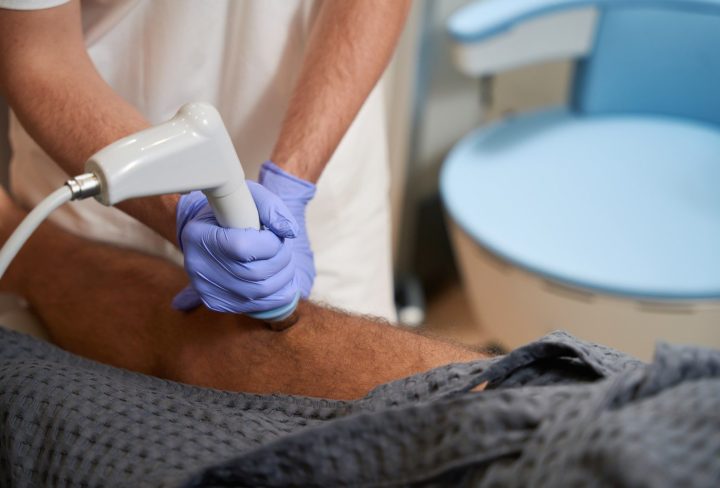Pain can be a persistent and debilitating companion for many individuals, affecting their quality of life and daily activities. Whether it’s due to chronic conditions, orthopedic issues, or other sources, finding effective pain relief is a top priority. In the quest for lasting solutions, cooled radiofrequency has emerged as a promising option. In this blog, we’ll delve into what cooled radiofrequency is, how it works, and its potential benefits in pain management.
What is Cooled Radiofrequency?
Cooled radiofrequency is an innovative medical procedure used to manage chronic pain. It utilizes precisely controlled radiofrequency energy to create a heat lesion near the nerves responsible for transmitting pain signals. This process disrupts the pain signals and provides relief to individuals suffering from various types of persistent pain.
How Does It Work?
During a cooled radiofrequency procedure, a specialized needle is inserted near the targeted nerves, guided by imaging technology to ensure accuracy. The needle delivers controlled radiofrequency energy, generating a heat lesion that interferes with the nerves’ ability to transmit pain signals. Importantly, the cooling element in the procedure prevents excessive heating of the surrounding tissue, making it a safer and more comfortable option.
Who Can Benefit from Cooled Radiofrequency?
Cooled radiofrequency is particularly beneficial for individuals dealing with chronic pain that has not responded well to conventional treatments. Whether it’s chronic back pain, neuropathic pain, or pain stemming from other conditions, this procedure offers a ray of hope for those seeking lasting relief.
The Advantages of Cooled Radiofrequency:
- Long-Lasting Relief: One of the primary benefits of cooled radiofrequency is the potential for long-lasting pain relief. For many individuals, this means less reliance on pain medications and improved overall quality of life.
- Minimal Discomfort: Thanks to local anesthesia and the cooling mechanism, the procedure is generally well-tolerated with minimal discomfort during and after the treatment.
- Reduced Risk: Cooled radiofrequency is a minimally invasive procedure, reducing the risks associated with more invasive surgical options.
- Quick Recovery: Most individuals can resume their daily activities shortly after the procedure, with little to no downtime.
Consultation is Key:
If you’re dealing with chronic pain that has been unresponsive to conventional treatments, cooled radiofrequency may be a viable option. However, it’s essential to consult with a pain management specialist or healthcare provider. They can assess your specific condition, discuss whether cooled radiofrequency is suitable for you, and provide personalized recommendations.
In conclusion, cooled radiofrequency is paving the way for effective and lasting pain management in individuals dealing with chronic discomfort. It offers a ray of hope, allowing individuals to regain control of their lives and find relief from persistent pain. Consult with a healthcare professional to explore whether cooled radiofrequency is the right solution for your unique pain management needs.

